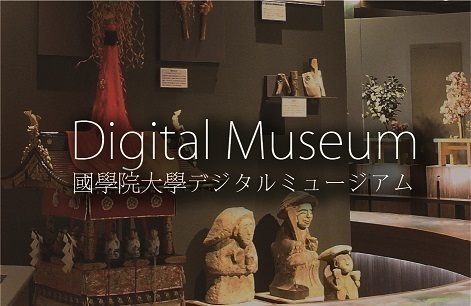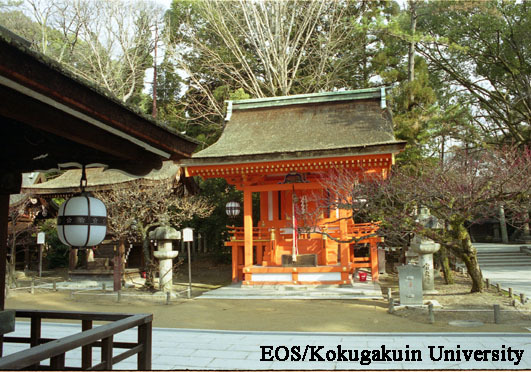- トップ
- Encyclopedia of Shinto
- Sessha, Massha
Encyclopedia of Shinto
| Main Menu: | |
| Links: |
詳細表示 (Complete Article)
| カテゴリー1: | 4. Jinja (Shrines) |
|---|---|
| カテゴリー2: | Shrine Architecture |
| Title | Sessha, Massha |
| Text | Categories of shrine ranking. At present, sessha and massha are not explicitly defined by official regulations, but the terms are widely used as general referents for shrines of smaller scale that exist as auxiliaries under the management of a larger main shrine. In most cases, the auxiliaries are related in some way to the object of worship (saijin) of the main shrine, or represent a local land tutelary (jinushigami) or other shrine with close ties to the main shrine. A distinction is sometimes made between those existing within the precincts (keidaichi) of the main shrine (keidai sessha, keidai jinja or keidaisha), and those possessing their own independent grounds outside the main shrine (keidaigai sessha). Under the Meiji-period system of shrine rankings, auxiliaries of nationally endowed shrines (kankokuheisha) were selected based on the following five conditions: (1) a shrine dedicated to the "spouse deity," "child deity" (mikogami) or other relative of the main shrine's deity; (2) a shrine devoted to the remains of deities enshrined before the transfer of the deity presently worshipped there; (3) a shrine devoted to the "rough spirit" (aramitama) of the main shrine's object of worship; (4) a shrine devoted to the "tutelary deity of the land" (jinushigami) of the main shrine; and (5) other shrines of particularly relevant lineage. A shrine meeting one of these conditions was designated as sessha ("auxiliary shrine"), while all others were called massha ("branch shrines"). In the case of the Grand Shrines of Ise, those nationally endowed shrines listed in the Engishiki Jinmyōchō were considered sessha, while those listed in the Enryaku gishikichō were considered massha. Branch shrines of prefectural shrines are distinguished as inside and outside shrine precincts. — Mori Mizue |







